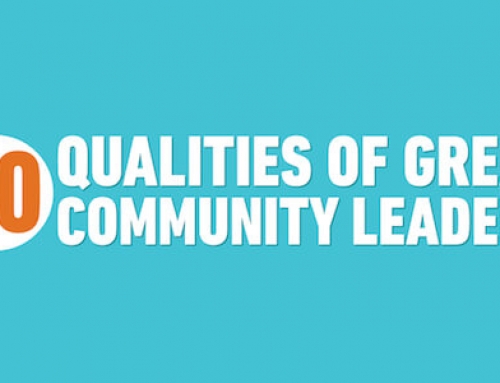Situational leadership theory is just one of the types of leadership theories, leadership models and leadership styles that states that different leadership styles suit different situations. Which means that depending on the situation, you should apply a leadership style. Situation leadership theory assumes that the best action to be taken by a leader depends on the situation. The leader should also be able to adapt the style according to the situation. As the situation changes, you (leader) should also quickly change the leadership style. Depending on the situation, you (leader) should adopt leadership style.
Adopting a particular style also depends on the relationship between the followers and the leader. The cooperation of the employees also plays a major role in deciding the type of leadership that should be in that organization. Factors such as mood and stress may affect the leaderís behaviour. When a situational leader is required to take a decision, he or she does not use only one preferred style. Situational leaders are effective and versatile. In our day-to-day life, we do this in dealing with different people. That is our leadership style is different for different people. We avoid getting angry if a new employee makes a mistake. We also remind forgetful employees. This theory is not only applicable to people who are leaders or are holding management positions but is also applicable to those people that lead others at play, at work and at play.
A situational leadership model is also associated with situational leadership theory.
The basic idea of this model is that leadership flexibility is necessary for effective leadership. It also believes that different leadership approaches are required for different situations. This model defines four leadership styles. These styles are based on how much guidance or direction the leader can give to his or her followers.
Leadership Styles are as follows:
Directing Leaders- Tasks and roles of the followers are defined by these leaders. Directing leaders also supervise their followers very closely. All decisions are taken and announced by the leader. Here the leader is more focused on completing the task than keeping a good relationship with the follower. Thus, communication is one way.
Coaching Leaders: Here the leader still defines the tasks of the followers but asks for any suggestions from the follower and tries to keep a good relationship with the follower Final decision is made by the leader and not the author but communication is two way.
Supporting: Here the leader frequently takes the help of followers for day-to-day decision. Decisions include processes and task allocation. The leader facilitates decisions but the final decision is taken by the follower.
Delegating Leaders: Here the leader is too involved in problem solving and taking decisions but the authority to take the final decision is with the follower. Followers also decide how and when the leader should be involved.
Depending on level of development of the employees, a particular style will be most effective. The leadership approach should also match to what is required or needed by the employees or followers







 Like on Facebook
Like on Facebook
 Follow on Twitter
Follow on Twitter
 Connect on LinkedIn
Connect on LinkedIn
 Send an e-mail
Send an e-mail


